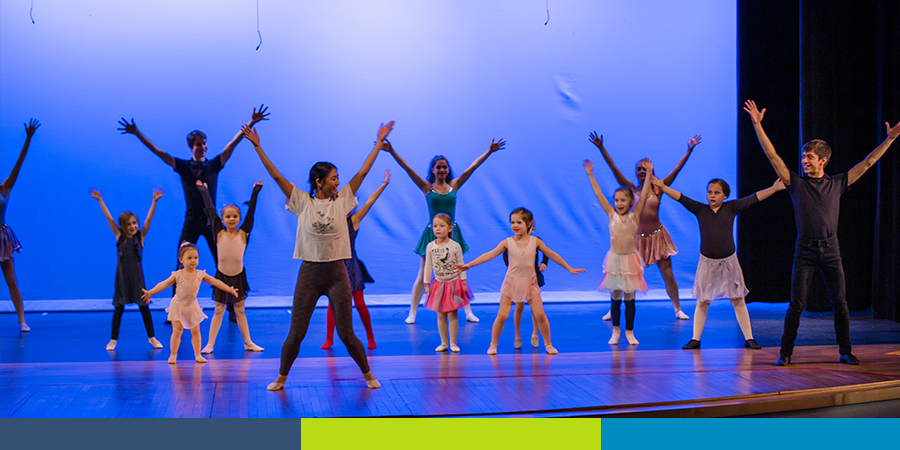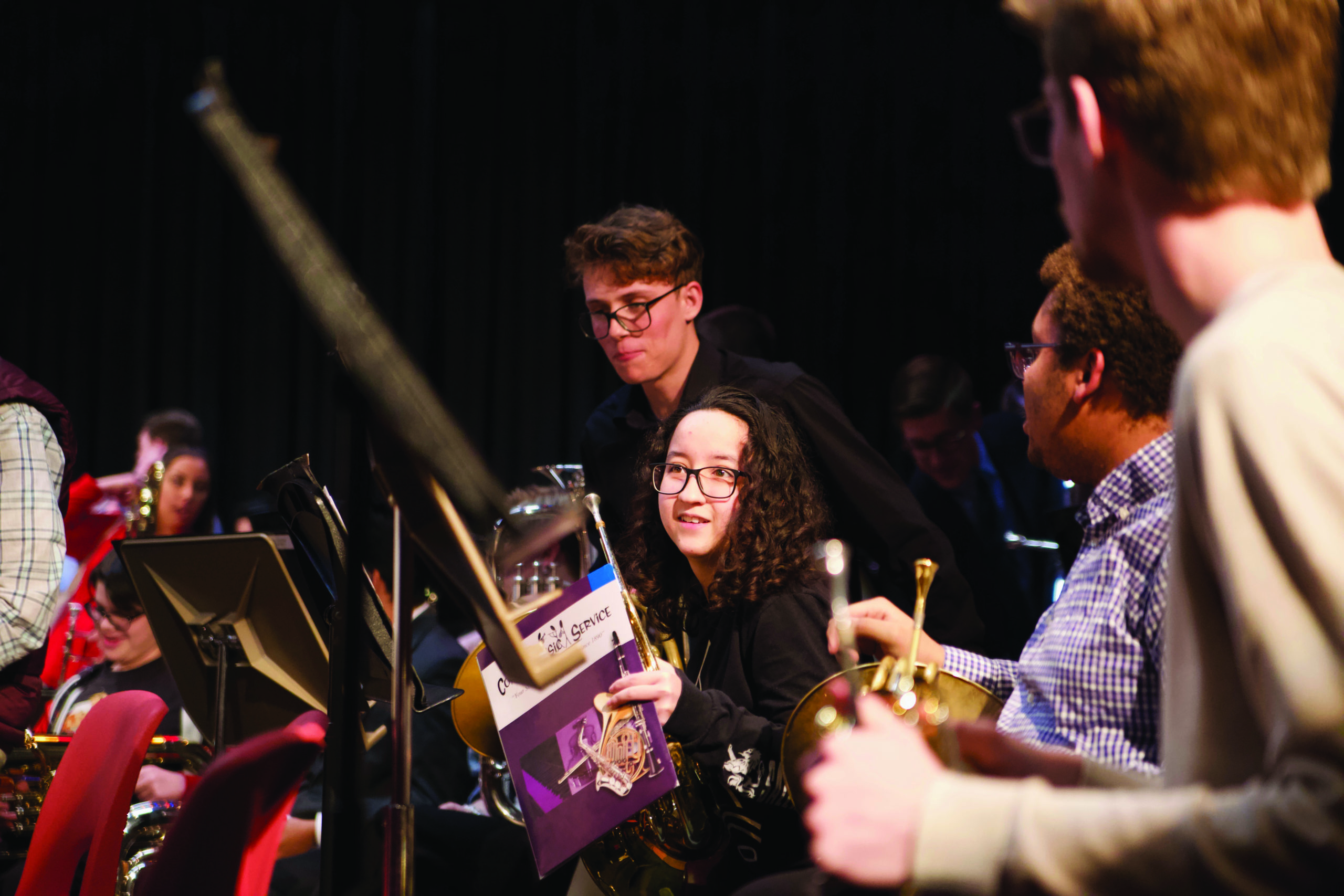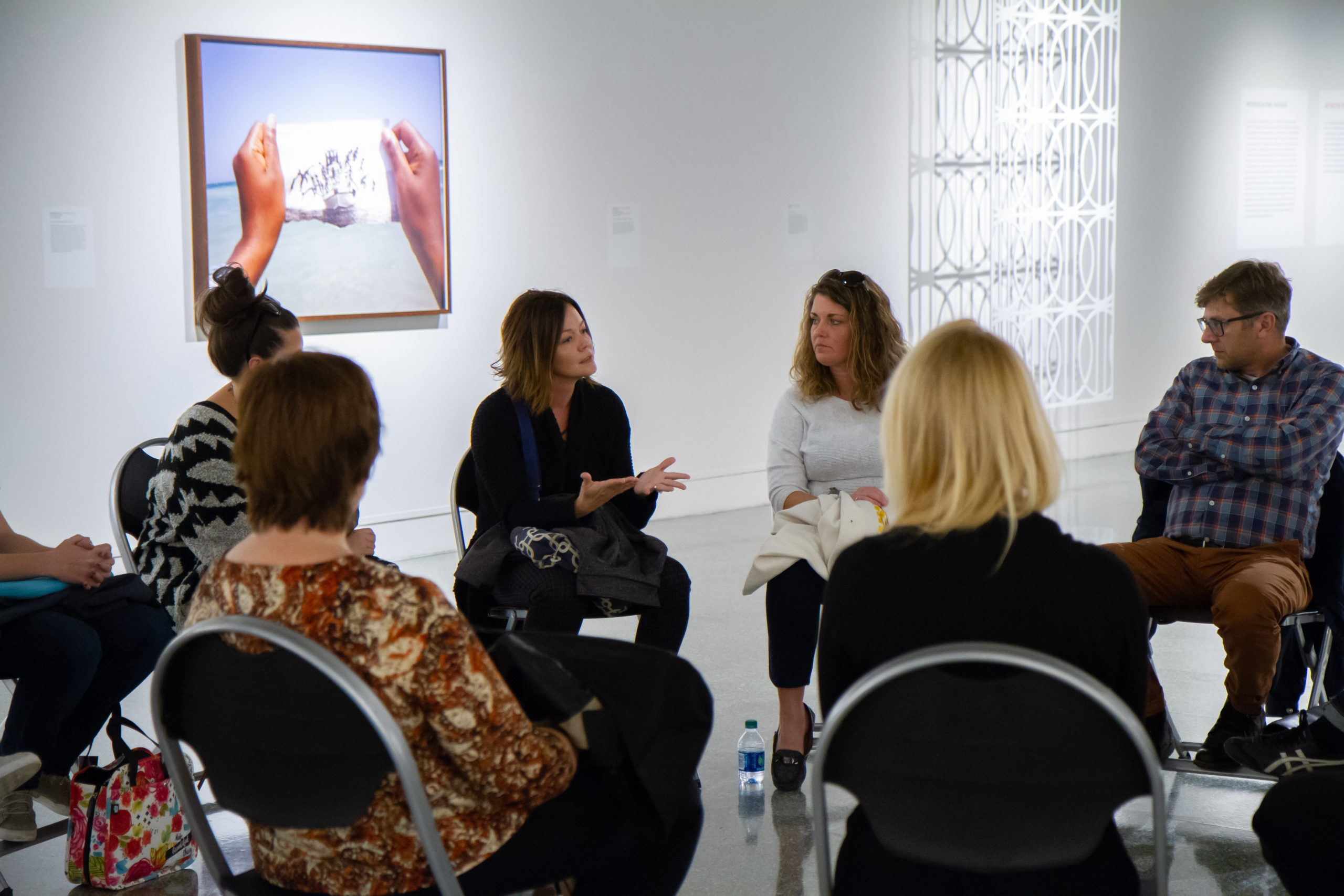Broadening the Creative Horizons of Indiana’s Rural Communities

IU Bloomington’s Rural Arts Program is creating a replicable model that rural communities and universities can use to build local arts and culture capacity and heighten the quality of place that plays a critical role in community and economic development. Recipient of the 2019 UEDA Award of Excellence in the place category, the Rural Arts Program harnesses local assets and university resources to create flourishing community arts opportunities and establish a renewed creative identity for rural towns.
Expanding on the existing infrastructure of Indiana’s rural communities, Indiana University Bloomington has established an arts and culture capacity-building initiative—the Rural Arts Program—in partnership with local residents and leaders. This work is informing an innovative, translatable model for university and rural community collaborations designed to increase local prosperity.
According to the National Endowment for the Arts, “rural counties that are home to performing arts organizations experienced population growth three times higher than rural counties that lack performing arts institutions (2017).” Despite persuasive evidence like this, and a growing number of examples of rural communities that are redefining their future by embracing the arts, the need to build a model for arts-based community and economic development that can be replicated nationally still exists.
With this mission to create a model flexible enough to suit rural communities that are as different from urban cities as they are from each other, Indiana University’s Center for Rural Engagement and the Arts and Humanities Council joined forces with four Indiana communities: Batesville, Huntingburg, Nashville, and Salem.

“Focusing on a small number of communities has enabled us to build stronger relationships and make a larger impact than we would have if we were working with a larger number of communities,” said Joe Carley, Director of Strategic Partnerships at the IU Center for Rural Engagement.
IU Bloomington extends its strengths in music, theater and dance, creative writing, film, and studio arts, and Indiana’s rural communities bring their own arts heritage to the partnership. Many performances and exhibitions have included IU Bloomington art side-by-side with local art, and musical performances unite the campus’ renowned faculty with emerging musicians in local high schools and junior high schools.
It is critical in these university-rural community partnerships that the university focus on listening to the community’s goals and needs. In response to community leaders’ requests, IU Bloomington developed the first university certificate in rural arts administration in the nation. This deepened the levels of trust in these partnerships and confirmed the commitment of the university to invest in local capacity and professional development that would yield sustainable outcomes.

“Our faculty and students have been mobilizing their creativity to have a direct and measurable impact on the quality of life in small towns throughout the region, and this work is now drawing the attention of city governments and business leaders,” said Ed Comentale, associate vice provost and director of the IU Bloomington Arts and Humanities Council. “These quality-of-place initiatives affirm the public value and utility of the arts and humanities in new and exciting ways.”
Working with communities to develop new types of programming has not been without its challenges. Rural communities are faced with inefficient communications systems, lack of public transportation, limited administrative capacity, and poorly equipped venues. Rural Arts Program projects are designed to build capacity and resources in these areas. IU faculty, staff and students work actively with local partners to develop strategic plans and marketing strategies, design new spaces for creative activity, and expand local networks.
As with most large, new initiatives, the Rural Arts Program requires a broad group of interested stakeholders, including community leaders who are typically less involved in promoting the arts and culture. In order to get wider buy-in, project leaders held meet-and-greet events after a year of programming to showcase the work that has been done and get feedback on next steps. Taking steps to grow these collaborations beyond pilot programming, IU Bloomington developed placemaking projects into the second year of these partnerships, which are designed as a core part of community and economic development.

“A grand experience. They left inspired. You gave them new dreams to dream.”
– Bonnie Harmon, Salem Schools Director of Bands
Mural design and public art, park design, wayfinding and signage, and housing design are all part of these placemaking efforts. These projects engage local businesses and residents to reimagine public spaces and utilize IU faculty expertise and student support to design and implement impactful projects that enhance the quality of life in the community. Placemaking inspires a stronger sense of local identity and contributes to the health, happiness, and wellbeing of residents and visitors.
This work has been guided by the unique goals and vision for cultural development in each community. For example, many projects in Huntingburg have centered around a new downtown park and designing programs that bring the community together and expand opportunities for downtown businesses. Through a monthly music and arts festival, the city attracted thousands of people to the park during its first season.
“Quality of place is not an option,” said Denny Spinner, mayor of the City of Huntingburg. “If we don’t have quality of place, we are not going to be a place. We need to take every opportunity we have. To have a great resource like IU come along and be a great partner has been phenomenal.”
Informed by the lessons of these evolving partnerships, the project team is currently developing a community arts and culture workbook to expand the model and guide other communities through the process of building quality of place through arts and culture. This workbook will help communities—and potential university partners—assess local assets and establish goals that are achievable and impactful, and lead to greater prosperity for all. Through the Rural Arts Program, IU Bloomington is setting the stage for a rural arts regeneration that can strengthen communities across the nation.
Joe Carley is the director for economic development within the Indiana University Office of the Vice President for Engagement. In this role, he aims to promote economic development by connecting the resources of Indiana University to industry, government, and economic and workforce development organizations throughout the state. He is particularly focused on advancing research collaborations in strategic industry sectors, supporting important state initiatives, and promoting entrepreneurship and innovation.
University Economic Development Association
PO Box 97930
Pittsburgh, PA 15227
216.200.UEDA (8332)
info@universityeda.org

